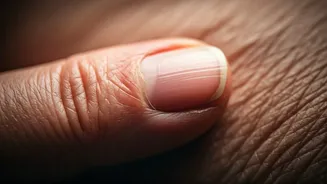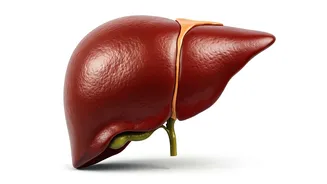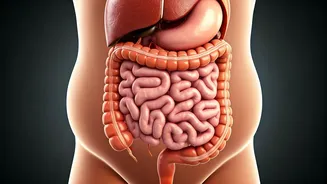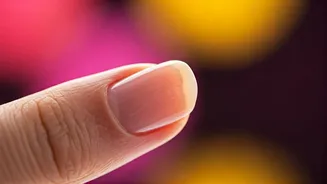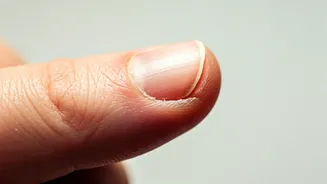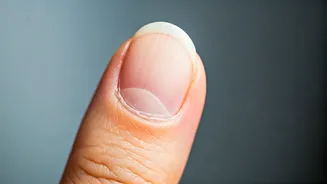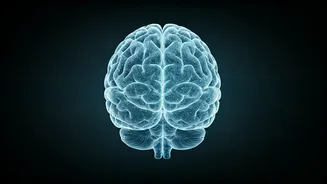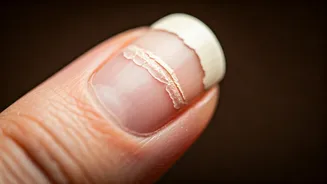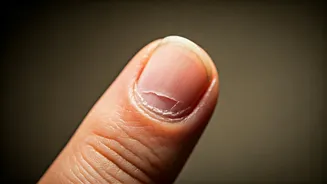Nails: A Window?
Our nails, more than just a cosmetic feature, may provide clues regarding our overall health and the aging process. The Harvard-trained longevity expert
emphasizes this. Just like a plant's health can be judged by its leaves, our nails can hint at what is happening inside our bodies. Nail growth and appearance can change with age, with underlying health issues, and with exposure to environmental factors. Observing these subtle shifts can provide insights into our internal state. The rate at which our nails grow, their thickness, texture, and overall appearance can provide signals about our well-being. They can show deficiencies in nutrients or the presence of specific health conditions. Pay close attention to nail changes, as they could be early warnings.
Aging and Nail Changes
As we get older, our nails often undergo changes, mirroring the general aging process. The rate of nail growth tends to slow down with time. This natural decline in nail growth rate is one of the many biological shifts associated with aging. Nails may also become thinner, more brittle, or develop ridges. These changes reflect reduced cell turnover, decreased moisture, and decreased blood circulation. Understanding these age-related alterations is crucial. It helps distinguish between normal aging and signs of underlying health problems. However, it's essential to remember that these changes vary from person to person, so individual variations are expected. Monitoring these changes can provide a way to gauge the pace of aging at a micro-level.
Factors Affecting Nail Health
Many factors influence nail health and appearance, with diet and nutrition playing a significant role. Deficiencies in vitamins like biotin and minerals like zinc can lead to brittle nails and other issues. Similarly, the health of the nails can also be impacted by environmental factors. Frequent exposure to harsh chemicals, such as those in cleaning products and nail polish removers, can weaken nails. The health of the nails can also reflect underlying health issues. Conditions like thyroid problems, anemia, and psoriasis can manifest in the nails, presenting symptoms like discoloration, thickness changes, or the formation of ridges. Nail health provides a way to judge the body's internal state. So, a holistic approach is best to maintain nail health.
Nutritional Considerations
A balanced diet that includes certain key nutrients is vital for maintaining healthy nails. Biotin, a B-vitamin, is especially important. Supplementing with biotin or consuming biotin-rich foods like eggs, nuts, and sweet potatoes can strengthen nails. Protein intake also matters because nails are composed of keratin, a protein. Ensuring an adequate protein intake helps in nail growth and repair. Iron deficiency can cause brittle or spoon-shaped nails, so including iron-rich foods or supplements may be needed if deficiency is detected. Hydration also makes a difference, as keeping the body well-hydrated helps prevent dry and brittle nails. A diet rich in fruits, vegetables, and essential fatty acids promotes nail health and overall wellness, contributing to healthy nail growth and appearance.
Detecting Potential Issues
Nail changes can be indicators of potential health issues, so it is necessary to identify and act accordingly. Ridges, discoloration, and changes in nail thickness can all indicate underlying problems. Vertical ridges can be a natural result of aging but can also be linked to nutrient deficiencies or inflammatory conditions. Horizontal ridges, also called Beau's lines, may indicate a recent illness or injury. Discoloration, such as yellowing, thickening, or the appearance of white spots, can signal fungal infections or, in some cases, more serious health issues. If you notice any drastic or unusual changes in your nails, it is always a good idea to consult a healthcare professional. Early detection and intervention can lead to timely treatment and can improve overall health outcomes.
Beyond Aesthetics
Caring for our nails goes beyond mere aesthetics; it is a vital part of maintaining overall well-being. Regular nail care, including keeping them trimmed, clean, and moisturized, can prevent infections and promote healthy growth. Being gentle with our nails and avoiding harsh treatments is essential. Using a base coat before applying nail polish can protect nails from damage, and giving them occasional breaks from polish allows them to breathe. Paying attention to nail changes and consulting a healthcare provider when needed helps in the early identification and management of health issues. This proactive approach to nail care can provide valuable insights into our bodies and overall health.
Nail Care Tips
Simple and effective nail care practices can help maintain healthy nails. Keeping nails trimmed prevents breakage and reduces the risk of injury. Filing nails in one direction helps prevent splitting and weakening. The application of moisturizer to nails and cuticles keeps them hydrated and improves their overall health. Wearing gloves when doing household chores or gardening protects nails from damage and chemical exposure. Avoid biting or picking at your nails, as this can weaken them and increase the risk of infection. Choose nail polish removers that are acetone-free, as acetone can be very drying. Following these straightforward tips can make a significant difference in the condition and health of your nails.
